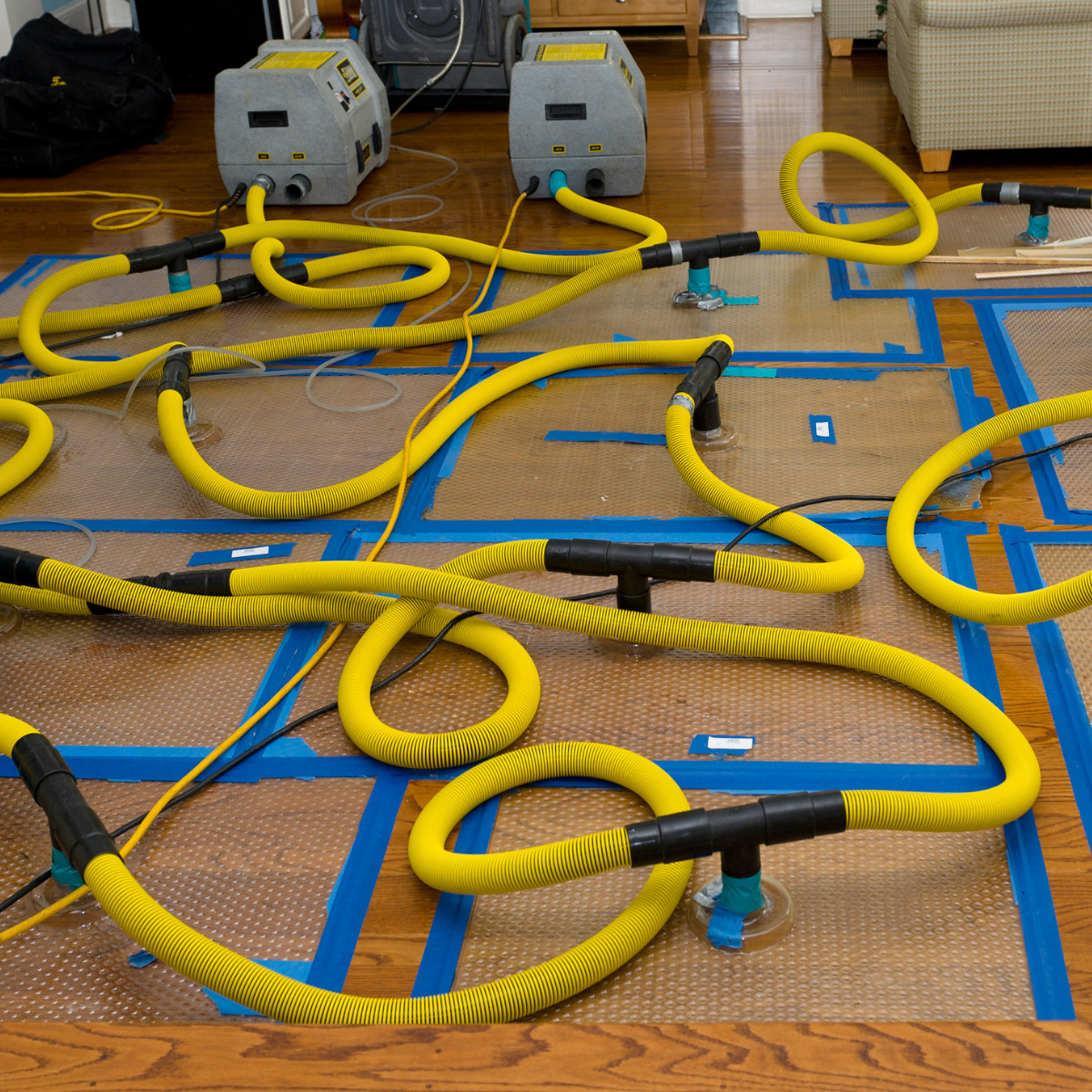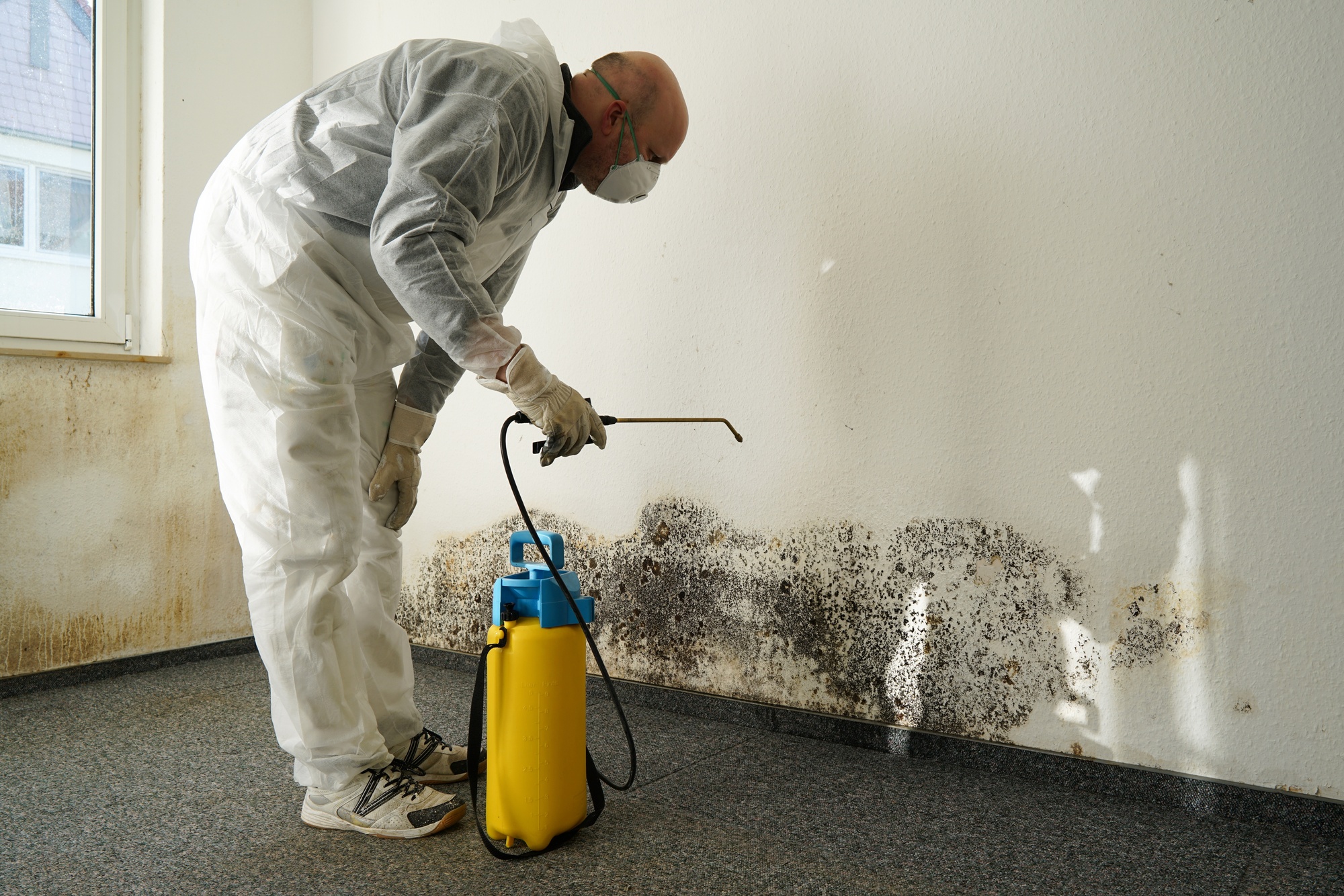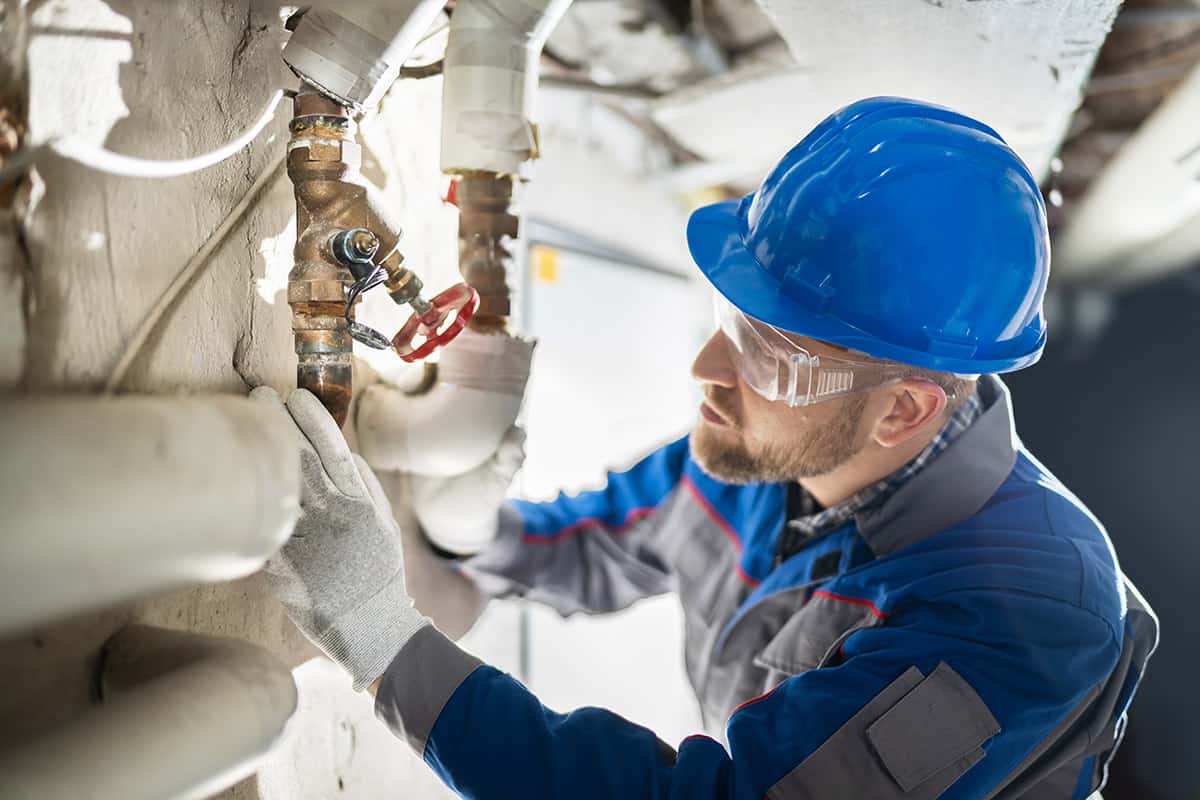Water Damage Restoration 101: Comprehending the Process and Expense
Water damage can strike all of a sudden, leaving property owners in a state of confusion. Comprehending the restoration procedure is vital for reliable recovery. From evaluating the damage to picking the right service provider, each action affects the general end result and cost. Aspects such as the kind of water damage and necessity additionally play a substantial duty. What are the particular techniques made use of in remediation, and how can one get ready for possible expenditures?
Kinds of Water Damage

First Assessment and Inspection

Water Extraction Strategies
Complying with the first analysis, reliable water removal strategies are utilized to alleviate damage and protect against additional concerns. These strategies entail making use of specific equipment such as submersible pumps and industrial-grade vacuum cleaners - Water Damage Restoration. The selection of method depends on the volume of water present and the sort of materials impacted. For standing water, submersible pumps are normally utilized for quick elimination, while vacuums are perfect for removing water from carpetings and upholstery. Additionally, progressed methods like water removal mats may be utilized for hard-to-reach locations - Flood Cleanup Services. The goal is to get rid of as much water as possible, minimizing the possibility for mold and mildew development and architectural damage. Prompt and reliable water extraction is essential in the general water damage restoration procedure
Drying and Dehumidification Process
Once the water extraction is complete, the drying and dehumidification process becomes critical to recovering the affected area. This stage generally uses industrial-grade dehumidifiers and air moving companies to properly lower dampness degrees. The dehumidifiers pull in wet air, removing excess moisture, while air moving companies distribute air to speed up evaporation. Monitoring equipment is typically made use of to track moisture and temperature level degrees, making sure excellent drying out problems. The period of this procedure can vary relying on the extent of the water damage and ecological aspects. It is important to extensively completely dry all affected materials, consisting of wall surfaces, flooring, and furnishings, to avoid mold growth and architectural damage. Appropriate implementation of this step is vital for a successful remediation result.
Cleaning and Disinfecting Affected Areas
As soon as the drying out procedure is full, a complete initial analysis and examination of affected areas is important to determine contamination degrees. Reliable cleansing techniques and ideal products need to then be used to get rid of particles and discolorations. Sanitization and sanitation methods are essential to assure that damaging microorganisms are eliminated, bring back the area to a safe condition.
First Assessment and Inspection
Before starting any type of repair initiatives, a detailed first evaluation and evaluation of the impacted locations are crucial for effective cleansing and sterilizing. This procedure involves determining the degree of water damage, figuring out the resource of the water intrusion, and assessing the products impacted. Examiners normally seek indicators of mold development, structural stability concerns, and harmed items. The assessment additionally includes inspecting moisture levels using customized devices to assure no covert water pockets remain, as these can result in further difficulties. Recording the searchings for is vital for planning the following action in the remediation process. A comprehensive initial analysis allows restoration specialists to design a targeted strategy for efficient cleansing and sterilizing, inevitably lessening damage and wellness risks.
Cleaning Up Strategies and Products
Reliable cleansing and sterilizing of water-damaged areas need a selection of methods and products tailored to the specific products affected. For permeable surface areas like drywall and carpets, removal techniques are important to remove excess dampness, complied with by deep cleaning with specialized cleaning agents. Non-porous materials such as floor tile or metal can be cleaned using commercial-grade cleansers that effectively get rid of contaminants. Steam cleansing is another reliable technique, specifically for rugs and upholstery, as it utilizes high temperature levels to get rid of bacteria and mold (Water Damage Restoration). In addition, eco-friendly items are significantly prominent for their security and efficiency - Mold Remediation After Water Damage. Inevitably, choosing the appropriate cleansing techniques and products not just assures immediate tidiness yet additionally help in preventing more damage and wellness threats linked with water breach
Sanitization and Disinfection Techniques
When attending to water damage, proper sanitization and disinfection approaches are vital to assure the safety and health of the afflicted setting. After first cleaning, surface areas have to be treated with proper disinfectants to remove pathogens, mold and mildew, and bacteria that grow in moist problems. Usual methods include making use of EPA-approved chemical anti-bacterials, which can be applied through splashing or wiping methods. Additionally, ultraviolet (UV) light systems can properly sanitize locations by neutralizing microbes without rough chemicals. The selection of method usually depends upon the kind of products affected and the degree of contamination. Inevitably, extensive sanitization not just restores a safe space but also assists protect against future health and wellness dangers connected with remaining dampness and mold and mildew growth.

Fixings and Restoration Options
Assessing the damage triggered by water exposure is vital for establishing the ideal fixings and reconstruction alternatives. Home owners might encounter numerous concerns, including damaged drywall, warped flooring, and compromised structural elements. Depending on the degree of the damage, repair services might include replacing areas of drywall, setting up new flooring, or enhancing architectural beam of lights. In cases of severe damage, complete substitute of damaged materials might be necessary. Additionally, professional conservators usually recommend using moisture meters to evaluate covert dampness degrees before picking the very best program of action. It is important to act immediately to stop mold and mildew growth and further degeneration. Selecting the right alternatives not just recovers the home but also assures long-term safety and security and functionality.
Variables Influencing Restoration Prices

The degree of water damage directly click here influences the remediation costs property owners can anticipate to incur. Elements such as the resource of the water, the duration of exposure, and the affected products significantly affect prices. For example, clean water damage from a busted pipe is typically much less pricey to recover contrasted to damage caused by sewage. In addition, the degree of contamination determines the requirement for specialized cleansing and disposal solutions, better enhancing costs. Geographical area also contributes, as local labor prices and accessibility of remediation services can vary. Lastly, the necessity of the feedback affects expenses; quicker treatments usually cause decrease total expenditures by preventing further damage. Recognizing these variables is essential for homeowners when approximating remediation costs.
The 3 main kinds of water damage are categorized based on contamination levels: tidy water, grey water, and black water. A thorough first analysis and evaluation are crucial steps in the water damage restoration procedure. For standing water, completely submersible pumps are commonly used for quick elimination, while vacuums are optimal for extracting water from carpets and upholstery. The level of water damage directly affects the remediation sets you back property owners can anticipate to incur. Tidy water damage from a broken pipeline is normally less expensive to recover compared to damage created by sewage.